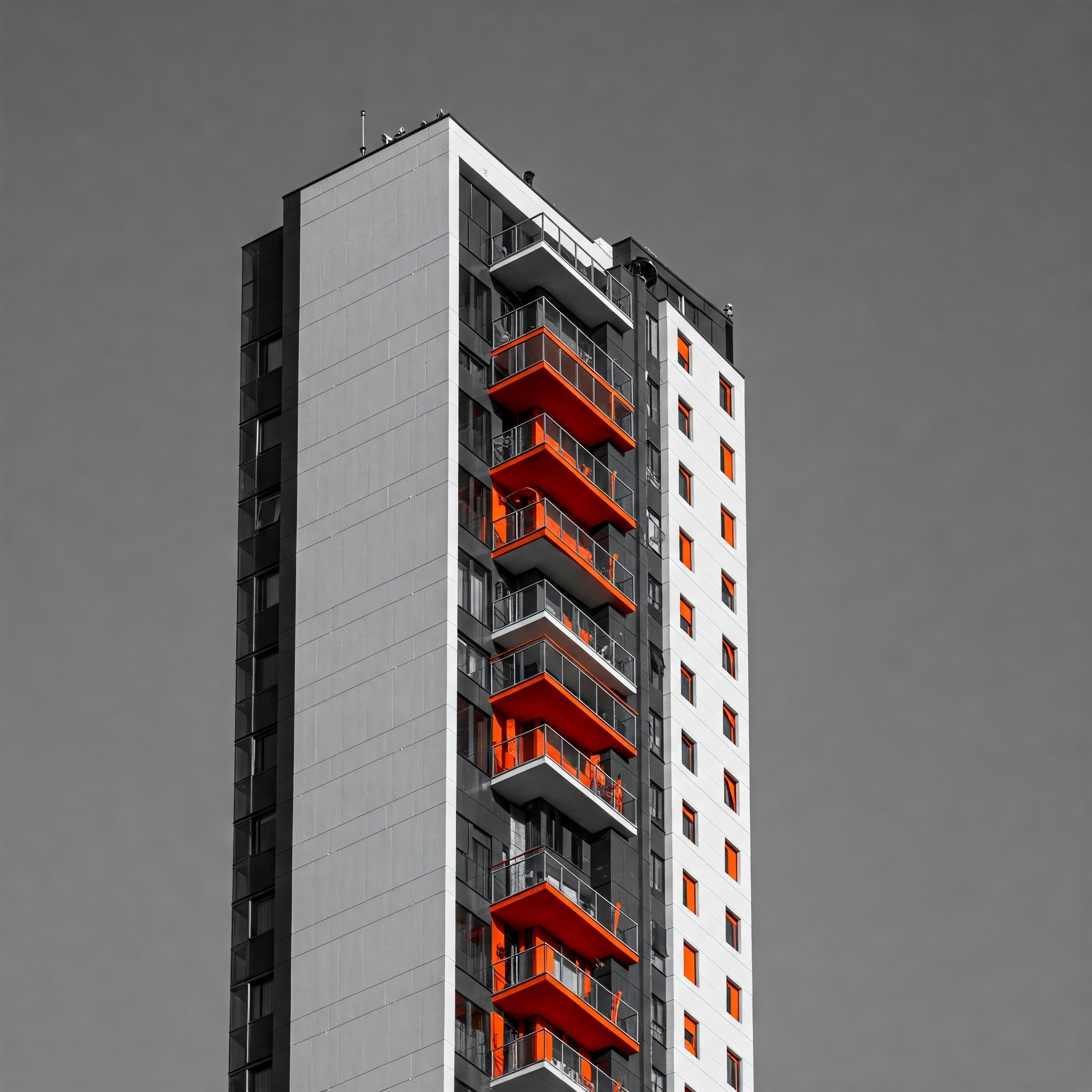Back-end & Platform Engineering Solution
In today’s software development landscape, companies face the increasing need for systems that are not only scalable and flexible but also capable of reacting in real-time to events and changes. Traditional monolithic architectures, with their rigid and interconnected structure, often prove inadequate to meet these demands, becoming a bottleneck for innovation and growth.
In this scenario, microservices architectures, particularly when implemented using the event-driven paradigm, emerge as an effective solution to address these challenges.

Our expertise focuses on implementing microservices architectures based on modern and scalable solutions that implement consolidated architectural patterns and utilize cutting-edge technologies. This approach is based on building systems composed of autonomous services that communicate primarily through events.
The core of Bitrock’s proposal is an evolutionary architecture that integrates several complementary approaches to maximize flexibility, scalability, and responsiveness:
Real-time data processing is crucial in event-driven architectures. We use stream processing platforms like Apache Kafka to manage event streams, enabling data analysis, transformation, and enrichment.
Our solution stands out for its ability to integrate legacy systems with modern architectures, allowing a gradual and safe migration towards a more agile and high-performance infrastructure. Particular attention is paid to the design of fault-tolerant systems that ensure operational continuity even in scenarios of high load or in the presence of partial failures.